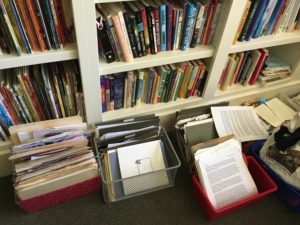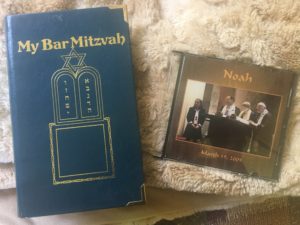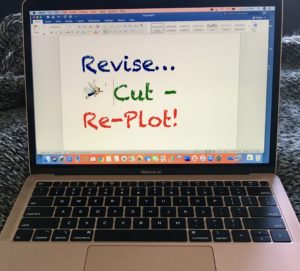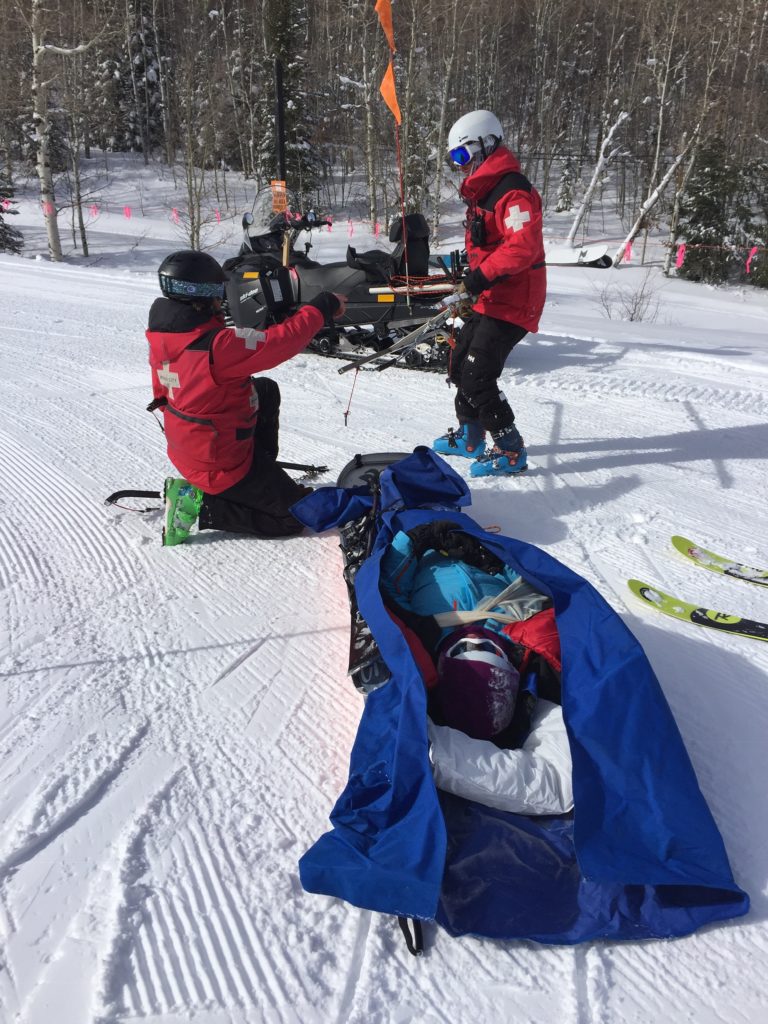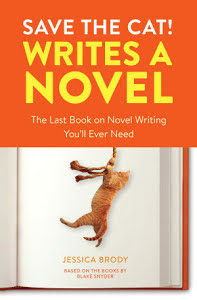By Rondi Sokoloff Frieder
 I have very strong childhood memories of getting the Highlights for Children magazine in the mail. First of all, it was mail – for me! (And my brothers, but mostly for me.) I’d spot it on the kitchen counter, whisk it off to my bedroom, and immediately turn to the hidden pictures page. Then I’d search and search until I found every last rake, spoon, ice cream cone, and whatever else was listed at the bottom of the page! Today, Highlights publishes entire workbooks of these puzzles. They even have an app.
I have very strong childhood memories of getting the Highlights for Children magazine in the mail. First of all, it was mail – for me! (And my brothers, but mostly for me.) I’d spot it on the kitchen counter, whisk it off to my bedroom, and immediately turn to the hidden pictures page. Then I’d search and search until I found every last rake, spoon, ice cream cone, and whatever else was listed at the bottom of the page! Today, Highlights publishes entire workbooks of these puzzles. They even have an app.
The first issue of Highlights magazine came out in 1946 and was published by the Pennsylvanian husband-and-wife team – Garry Cleveland Meyers and Caroline Clark. These days, the company’s corporate headquarters is based in Columbus, Ohio, and includes Zaner-Bloser, Stenhouse Publishers, and Staff Development for Educators. But there’s another arm of the organization you may not know about – The Highlights Foundation. This is a 501 c-3 non-profit, established in 1984, that offers “workshops, retreats, and other support to writers, illustrators, and all creators of kid-friendly content.” (For a quick history of the company, go to: https://www.highlights.com/about-us/history.) The Foundation was established in 1984 in Chautauqua NY, but is now located in an idyllic rural setting in Honesdale, PA. George Brown, a descendant of Garry and Caroline, is its dynamic Executive Director.
During the pandemic, I took two of the Foundation’s classes online: “Filling the Writer’s Toolbox” with Emma Dryden, and “DIY Revision for your Novel or Non-Fiction” with Susan Campbell Bartoletti. But in August, after being prodded by my writing coach and award-winning author Sarah Aronson, and fellow Story Spinner and RMC-SCBWI Regional Advisor, Susan Wroble, I attended my first in-person event. And even though I am not a fan of mosquitos, ticks, humidity, or frizzy hair, this truly was the “highlight” of my summer.
“The Whole Novel Workshop,” was a six-day intensive for writers of MG and YA fiction. It differed from my other two classes in that it required an application. That meant submitting the first fifteen pages of my MG manuscript, a synopsis, and a cover letter. When my acceptance arrived, I literally whooped and hollered to the dog! Only that’s when the real work began. Not only would I be working on my revision during the workshop, I would also be receiving an in-depth critique of my full manuscript (from the brilliant, hilarious, and award-winning author, Crystal Allen) before I even arrived on campus. There were also three Zoom meetings with our group (twenty participants and ten faculty), two books to read (one YA novel, one on craft), and partial manuscripts, synopses, and cover letters to read from the members of our assigned “Brain Trust” group (7-8 people). We used the Canvas platform to introduce ourselves (and our pets) and to explore writing prompts, articles, and podcasts. Needless to say, “The Whole Novel Workshop” could have been called “The Whole Summer Workshop!”
Finally, on August 21, the big day arrived. I pulled up to my home for the week, “#16,” the Jane Yolen cabin! (OMG – how did they know???) and basked in the beauty of my surroundings. There was a lovely front porch, with windows overlooking a wooded glen, a bookshelf filled with Jane’s books, posters on the wall, and an owl perched on the rafters. (I love OWL MOON!)
 .
.


That evening, we all gathered for the start of what can only be described as a week of serious work, tremendous growth, and pure joy. There were craft workshops, thought-provoking morning prompts, critiques, time to write (alone or in community), Brain Trust groups (45-minute discussions about your manuscript led by YOU), one-on-one discussions, interviews with your main character (conducted by the dramatic Crystal!), pristine walks, and time to think about and work through your revision ideas. And the food! Ask anyone who has attended a Highlights workshop and they will definitely talk about the food. The chefs and servers prepare gourmet works of art three times a day, with snacks available twenty-four seven!
I could talk about this magical week for hours. (And believe me, I have.) Instead, here’s a stream-of-consciousness recap:
Know who your audience is and what your character really wants. (So true, Rob.) Emotion drives action. Look for the fractals. (Jennifer) Journal until you’ve figured things out and do the swirlies. (Sarah) Discuss ideas with fellow novelists. (We love talking about these things, right Nora?!) Go for long walks. (Thanks for being our guide, George.) Play with tense and POV and balance dialogue, narrative, and description by using colored pens. (Nancy) Get rid of unnecessary characters. (Find your orderly, get rid of the priest- Crystal) Try new plotting tools. (Can’t wait to use yours, Erin.) Writing prompts open your mind to new possibilities! (Yes, Melissa!) No writing is wasted time. (More Melissa) Don’t be afraid of marketing. (I will be in touch, Mia.) And other assorted other words of wisdom: Pay attention to your secondary characters. It’s all about voice. Play and think in the rock garden. Be open about making changes. Make writer friends and support their work. (Miss you all!)
And of course… Keep going!

Our incredible faculty rocked it EVERY DAY and worked alongside us. (There was an open mike night on our last evening… WOW!) Endless thanks to: Crystal Allen, Sarah Aronson, Nora Shalaway Carpenter, Rob Costello, Erin Dionne, Mia Garcia, Jennifer Jacobsen, Erin Entrada Kelly, Alex Villasante, Nancy Werlin, Melissa Wyatt . Can you believe this line-up? I am still in awe of each and every one of them.
You must go to Highlights. (Even with the mosquitoes, ticks, and frizzy hair.) Put it on your to-do list. Right now. highlightsfoundation.org/upcoming/workshops.

I can’t wait to go back.






































